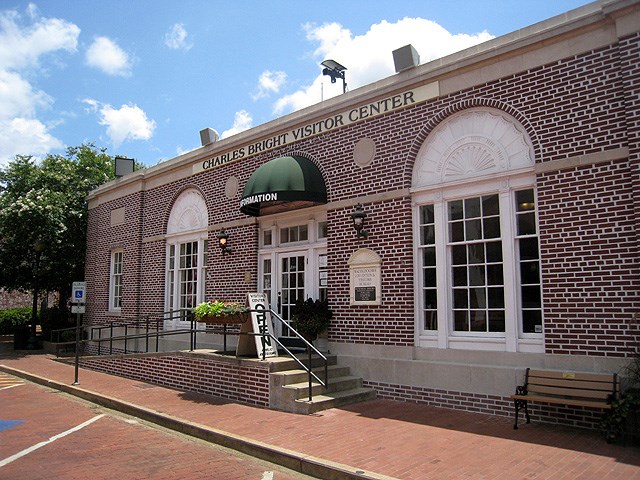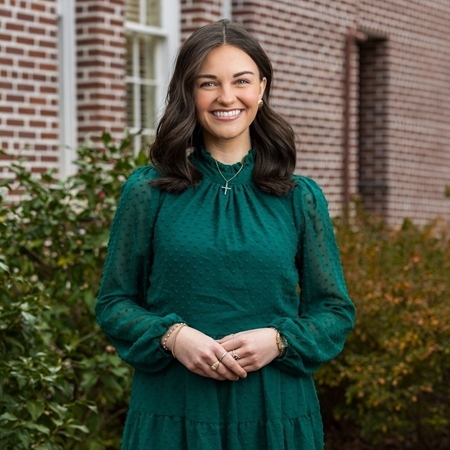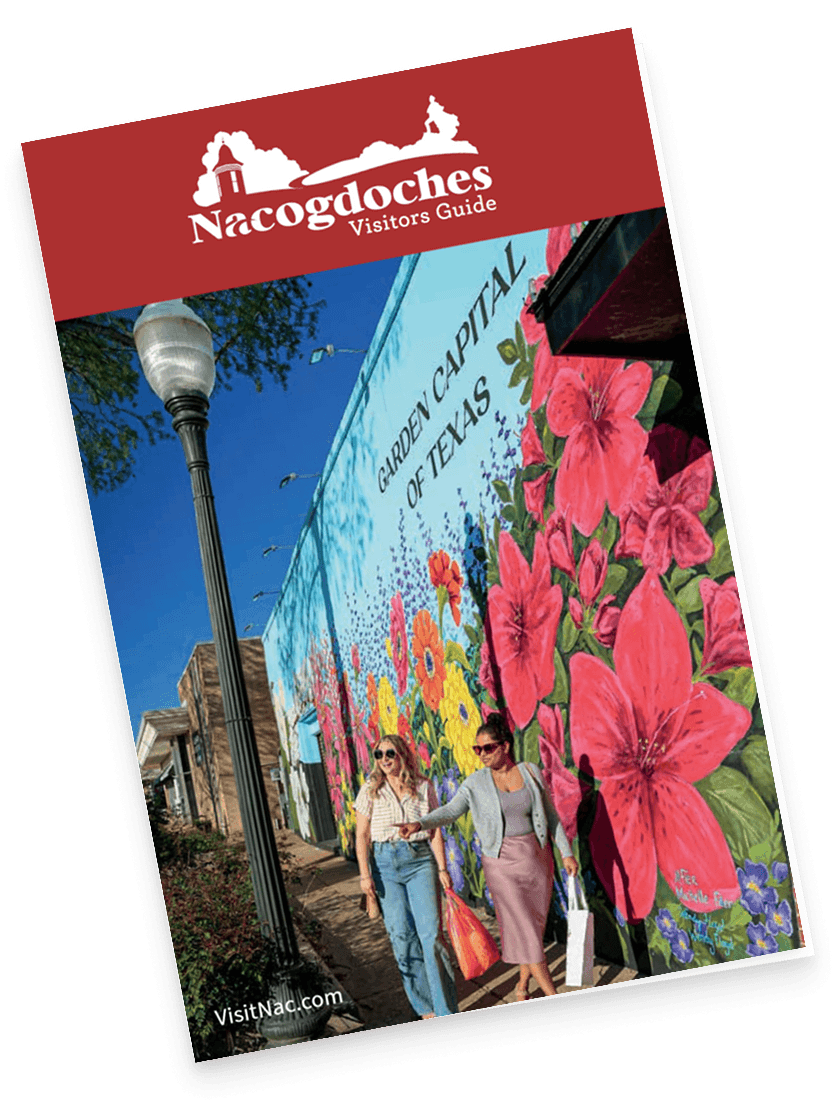Meet Our Team & Get in Touch
Nacogdoches is a 300-year-old city known as “The Oldest Town in Texas.” It’s located in the heart of Deep East Texas almost equidistant between Dallas/Fort Worth, Houston and Shreveport, Louisiana. Nestled between three national forests and only a short drive from two of the largest lakes in Texas, Nacogdoches is home to Stephen F. Austin State University and has a population of 33,000. Also designated the Garden Capital of Texas, Nacogdoches is recognized for its natural beauty, creeks and trails. To learn more, contact the staff of Visit Nacogdoches. Texas starts here!
Contact Us
888-564-7351
936-564-7351
200 E Main St, Nacogdoches, TX, United States, Texas
Hours
The Nacogdoches Convention and Visitors Bureau (CVB)
The Nacogdoches Convention and Visitors Bureau (CVB) is housed in the downtown district's historic Charles Bright Visitor Center. The CVB promotes and markets Nacogdoches to individuals, groups and tours and provides visitors to the city with an array of services including tour information, directions, dining and lodging recommendations and much more.

Charles Bright Visitor's Center
The Nacogdoches Visitors’ Center, operated by the Nacogdoches Convention & Visitors Bureau, is located in the heart of historic downtown, 200 E. Main Street (one block East of U.S. 59 Business). Here you will find some wonderful information on our town’s history and legends – from stories of early settlers to historical artifacts.
Our Staff
(1).jpg&w=1080&q=100)
Executive Director

Group Sales & Services Coordinator
.jpg&w=1080&q=100)
Creative Content Director
.jpg&w=1080&q=100)
Visitor Services Coordinator
.jpg&w=1080&q=100)
Cheryl Bartlett
Part-time Accountant
